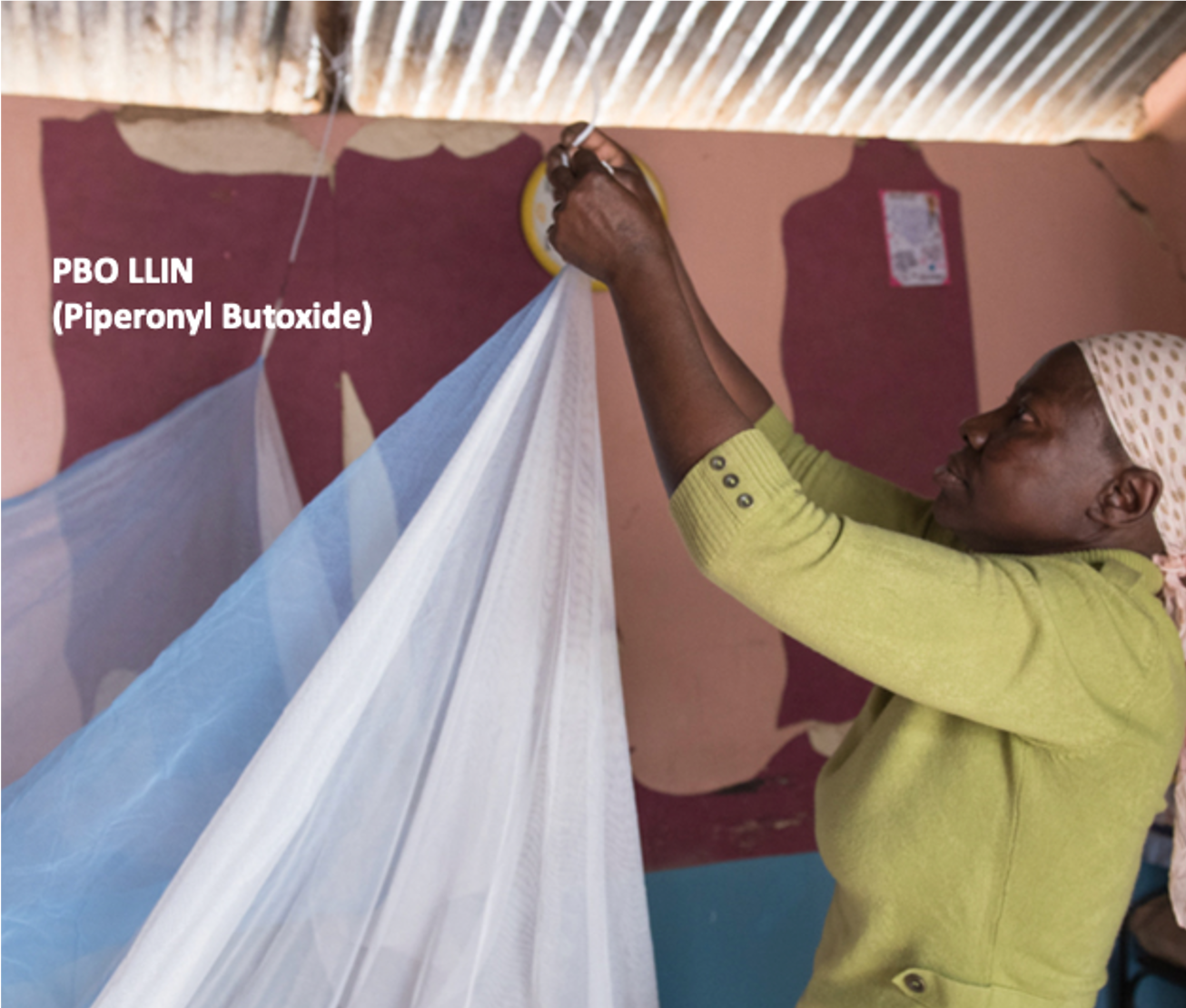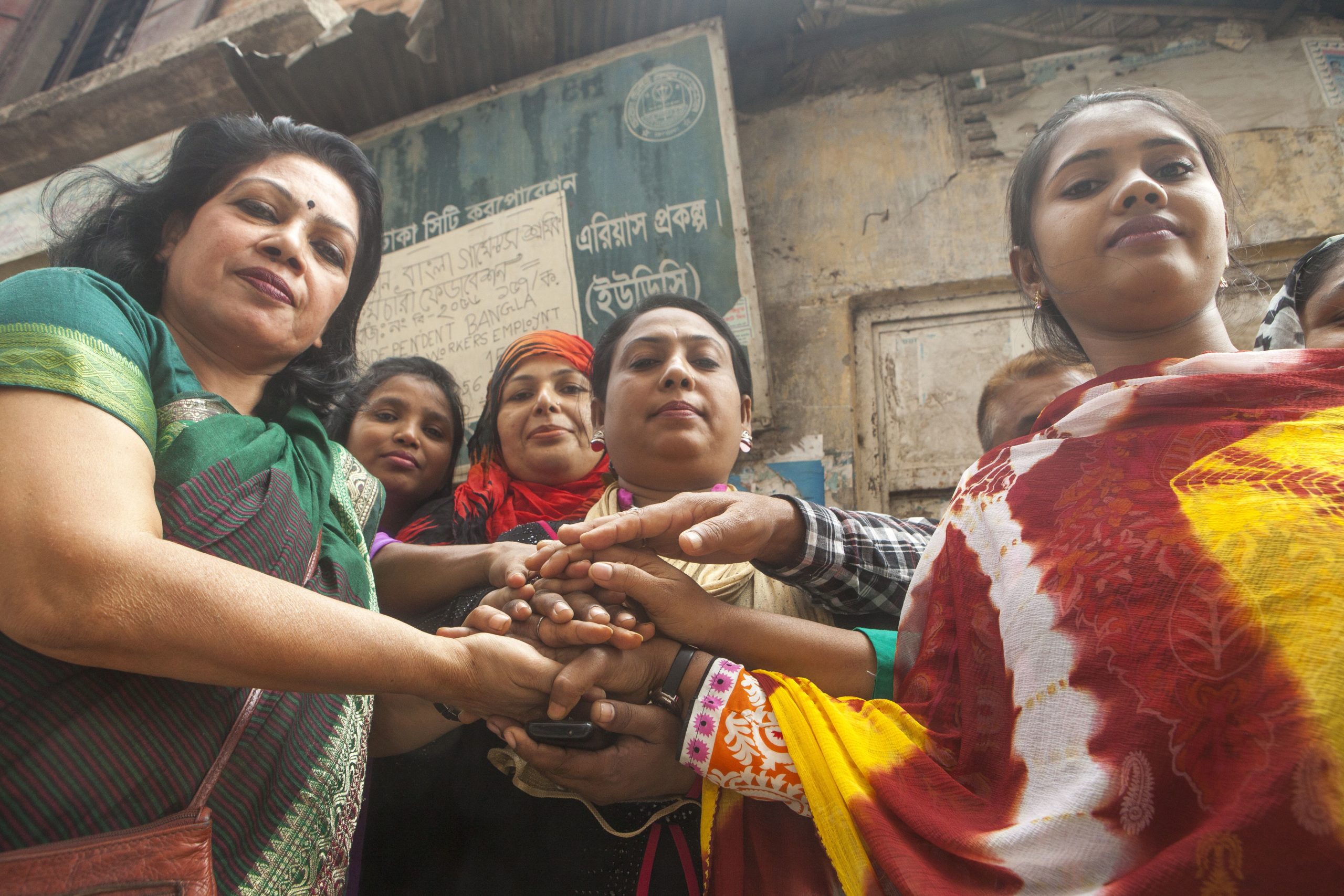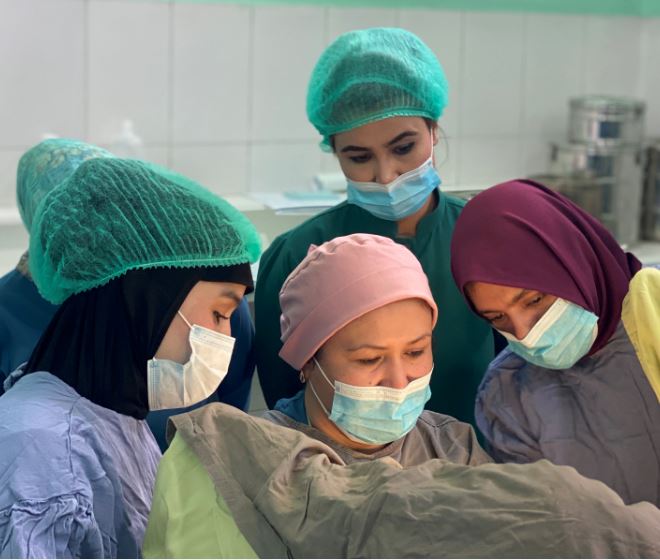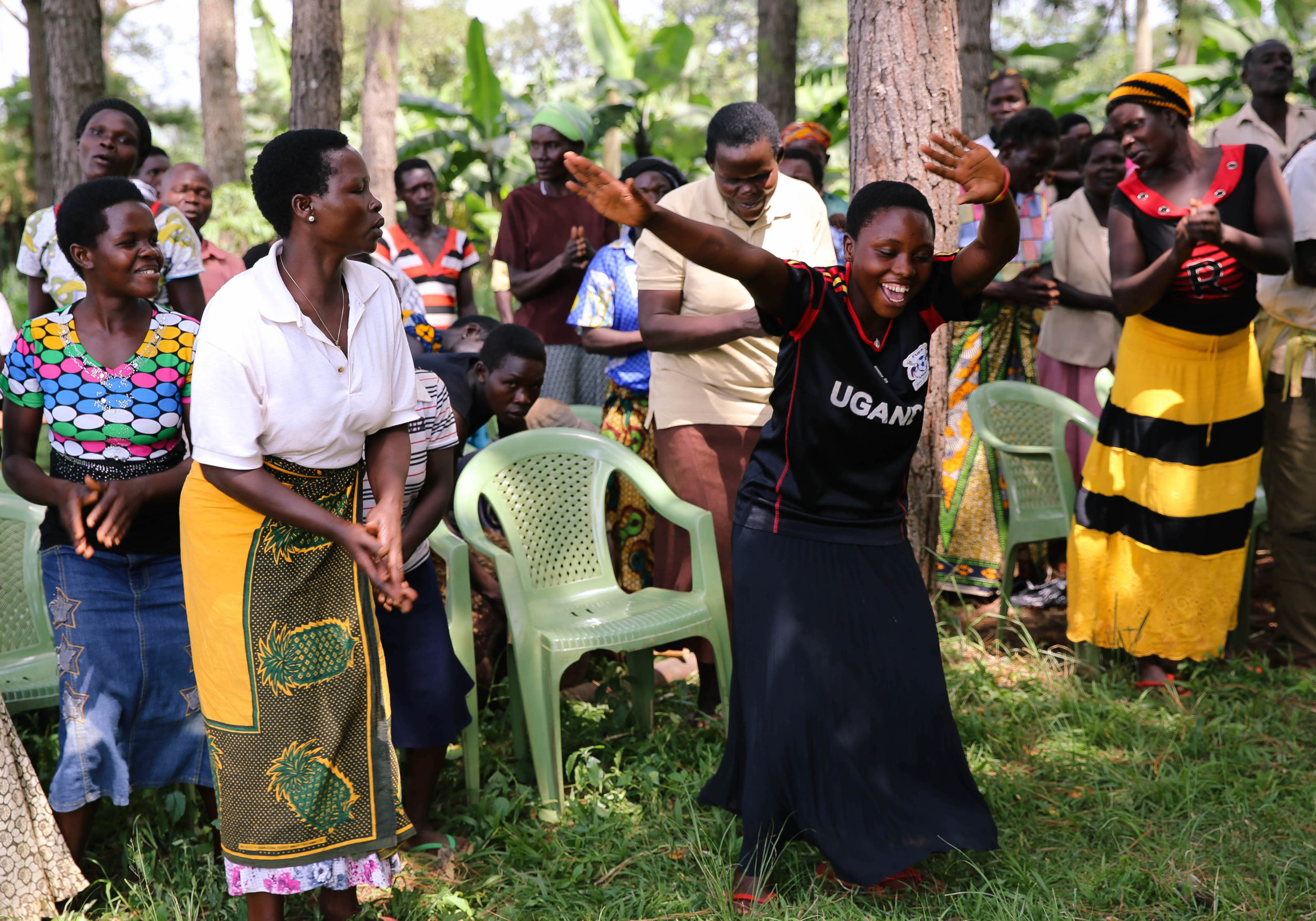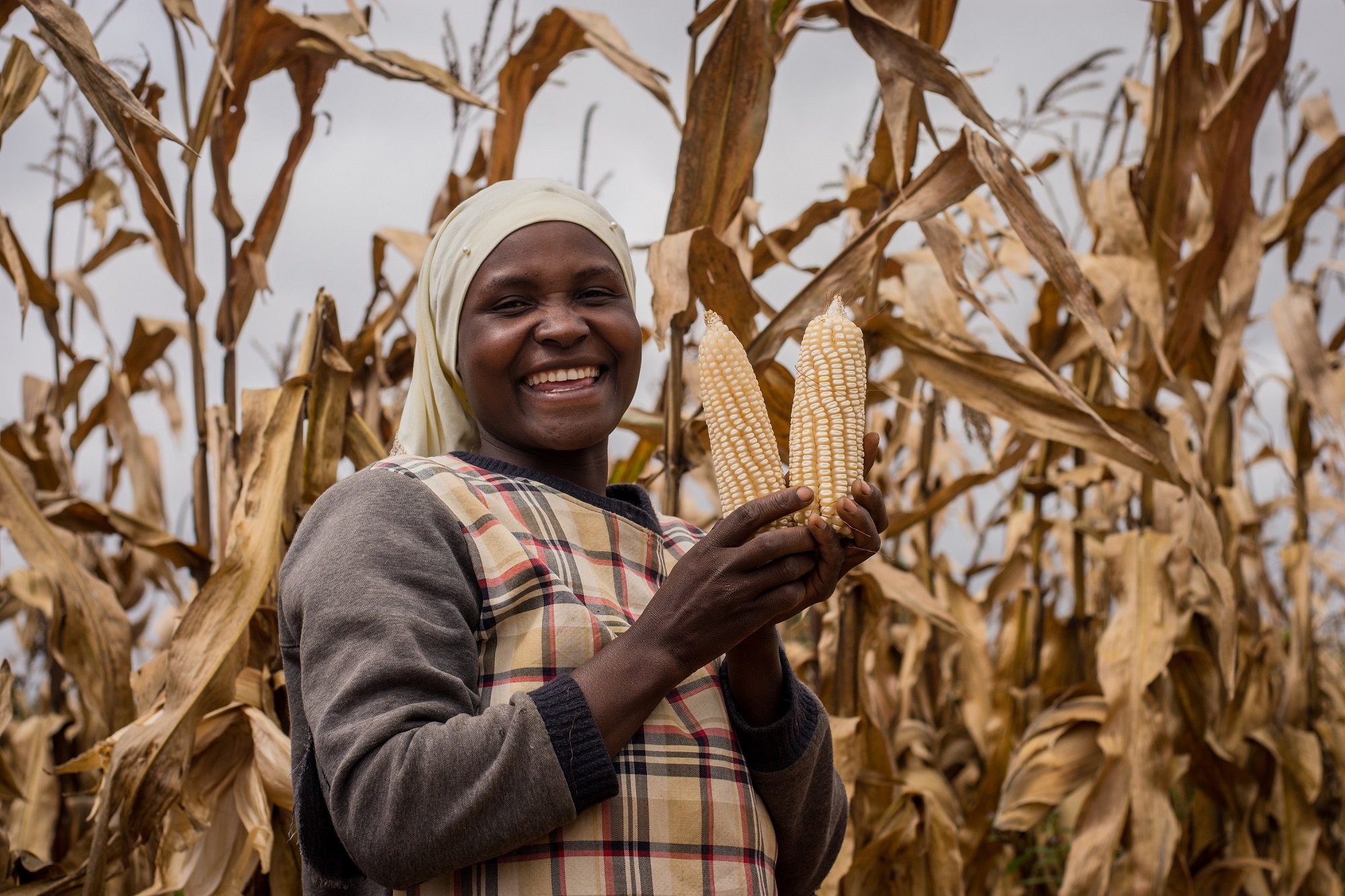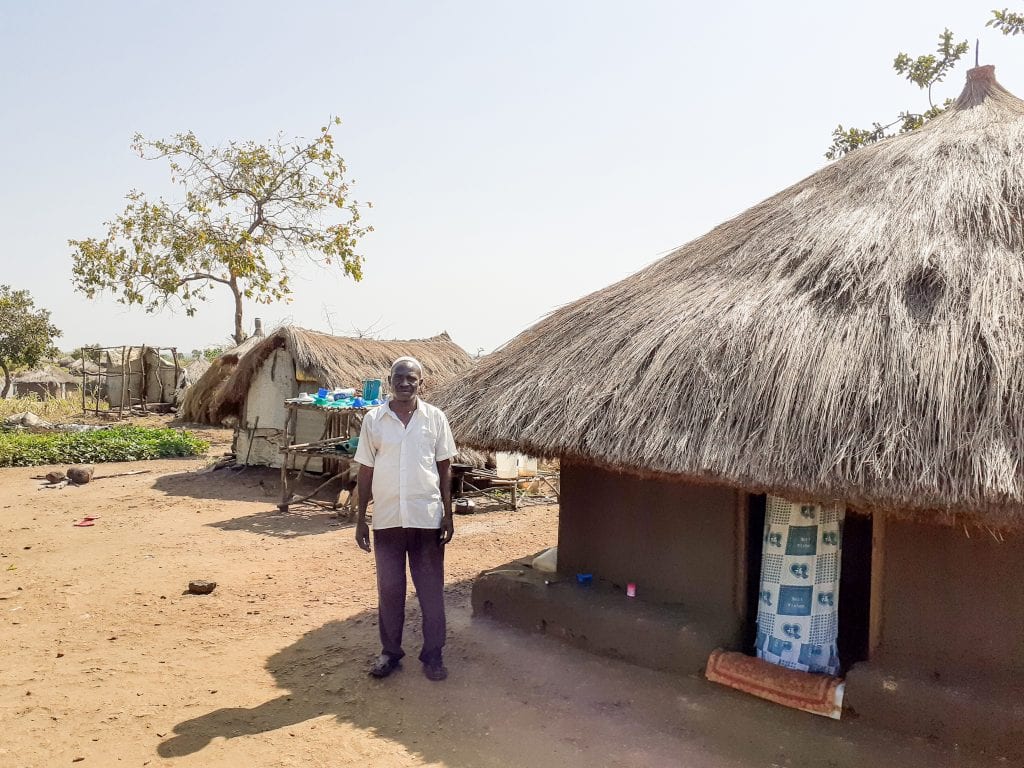by Peter Sherratt, Against Malaria Foundation
Against Malaria Foundation funded the largest trial ever undertaken to assess the effectiveness of a new type of net in dealing with those malaria-carrying mosquitoes that are developing some level of resistance to the insecticide used on nets. The results of the first 18 months of the trial have just been released.
The net type being assessed was the ‘PBO net’, so called as piperonyl butoxide is added to the net to counteract the resistance mechanism in the mosquito, thereby allowing the insecticide on the net to work as usual and kill the mosquito.
The results show that both conventional nets and PBO nets reduced malaria prevalence. PBO nets were more effective, both at killing mosquitoes and at reducing malaria in the population. Specifically, after 6 months (of usage) PBO nets were 26% more effective at reducing malaria, after 12 months 27% better, and after 18 months 16% better.
PBO nets are currently more expensive than conventional LLINs. However, manufacturing capacity is growing and, as it does, PBO nets are likely to become more attractive compared to conventional nets in countries (like Uganda) of high resistance.
Detail
The trial used an innovative design, being conducted as part of Uganda’s nationwide net campaign which began in 2017. It assessed new nets in the context of a mass campaign rather than in a separate field trial. AMF provided 6 million PBO nets and 6 million conventional nets to the campaign and the study took place across 104 districts, approximately half the population and land area of the country.
Data was analysed from blood tests of over 23,000 children 2 to 10 years old. After 18 months, malaria prevalence had declined with the use of both conventional nets and PBO nets. PBO nets were more effective in reducing malaria prevalence at each of the time points – 6, 12 and 18 months. This was reinforced by a very significant effect on the mosquito population. After 12 months, households supplied with the PBO-treated nets had 80% fewer malaria-carrying mosquitoes compared to households using conventional LLINs.
The results therefore suggest that although both PBO and conventional nets were effective, PBO nets provided better protection against malaria in the setting of high-level insecticide resistance.
AMF’s approach is to evaluate any malaria resistance data in an area to receive nets, then apply the most cost-effective net intervention on a region-by-region or country-by-country basis. We do this by applying the research to country data, and work in close collaboration with national malaria programme teams and other partners. We strongly encourage more data collection on resistance patterns and the nature of that resistance, and will continue to encourage research into this critical area.
AMF is very pleased that the research concluded on time, on budget and gained additional support from DFID (for the 18 month results) and The Gates Foundation (for the 24 month results to come).
We would like to thank the teams at the Liverpool School of Tropical Medicine, London School of Hygiene and Tropical Medicine and the Makerere University Kampala for their hard work throughout the study.
We will add a link to the publication on our website as soon as it is available, which we expect to be shortly.
In other recent news…
- AMF has signed agreements for our two largest ever distributions: 16.2 million nets in DRC and 11.6 million nets in Uganda
- We appeared in a documentary made by The Economist called “Charity: how effective is giving?” (AMF appearance from 21 – 26 mins).
